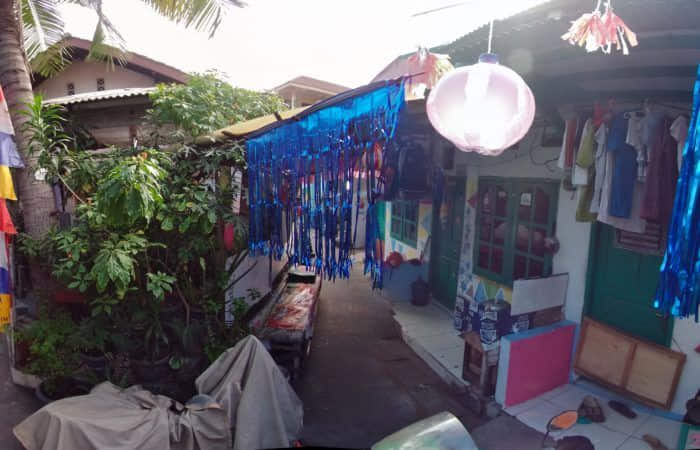How GrabMaps knows the fastest routes in Southeast Asia
The in-house map that powers Grab is omnipresent across nearly all our services. Most people will see it in action routing a driver-partner to pick-up points, or showing a consumer what food establishment is in the vicinity. That’s why shaving off every second from travel times is a competitive advantage that benefits all of Grab’s users.
To achieve this, we had to build the map from the ground up to address Southeast Asia’s local nuances. “In 2017, we made the decision to build our own maps for SEA because existing suppliers didn’t have the level of detail or localisation that we needed,” said Sunny Wijewardana, Head of Product, Geo Content, at Grab.
Collecting all new data for localisation
Third-party map providers typically offer a basic layer of data. To make Grab’s map work better for the region, our Geo team had to gather and classify mapping data in a local context.
Consider even the definition of what a road is. Roads in this region can be tiny and narrow, used all the time as shortcuts, but may not be considered critical for a global mapping company. They’re often erroneously recognised as spaces between two buildings and not considered actual roads, so generic routing systems end up bringing driver-partners the long way.

And then there are local and official naming conventions. It’s common for locals to call a certain place something completely different from the government’s official name for it.
GrabMaps gathers data on the colloquial names of places to create more relevant customer experiences.
It's common for locals to call a certain place something completely different from the government's official name for it.
Collecting region-specific content also means identifying priority places. Certain sites are essential to users in particular Southeast Asian countries. For example, prayer rooms are a priority in Indonesia, but third-party data suppliers do not collect information on such places. GrabMaps notes these places that locals use as navigational points to support users.
Making road navigation Southeast Asia-ready
To keep GrabMaps up to date across the vast expanse of Southeast Asia’s countries, it relies on machine learning to reduce the need for manually addressing inaccuracies or gaps. “We have machine learning models for each Southeast Asian country, and we continue to optimise them,” said Wijewardana.
“How often are driver-partners not finding something? We keep track of that. We also ensure that, if a POI (point of interest) is missing, we efficiently capture it and bring it to the database,” he added.
The system logs data in real-time from driver-partners on the road, who provide feedback on road closures, both manually and passively—the latter done by the system recognising if multiple driver-partners are skipping certain roads on their routes, possibly indicating a roadblock.
GrabMaps also includes local context in its deliveries and drop-off routing. For instance, some cities have gated, private subdivisions with their own entrance/exit and road guidelines. Drivers can only enter them under special conditions.
“There are tens of thousands of subdivisions in the region, the majority of which is in Manila. Homeowners decide the road rules that apply to them—who can enter, when they can enter, or if the driver needs to pay or get a sticker,” he explained.
This results in unique situations such as the system learning to route drivers back out through the way in which they came, so they can pick up their documents if they’ve had to leave them at the gate.
Establishing points of interest (POIs) based on user preferences
To ensure pickups and dropoffs are quick and easy for the specific type of job, GrabMaps identifies POIs that people commonly use to identify a place.
For example, a restaurant’s drop-off point for a passenger might differ from where it sends out food orders for pick-up. “If we did not capture POI data ourselves, third-party data providers would send our delivery driver-partners to the passenger drop-off point. That’s the only destination available in their database, and that’s not the best choice for them,” explained Wijewardana.
"If driver-partners are wasting time walking around looking for a destination, we are failing them."
The driver-partner’s vehicle type is also a consideration. GrabMaps routes driver-partners to the right parking space, depending on whether they ride a four-wheel or two-wheel vehicle. Then, it can show photos to the driver-partners, pointing them to the direction of the closest entry point or the desk where they need to pick up an order.
“Our goal is to maximise the delivery opportunities for driver-partners. If they are wasting time walking around looking for a destination, we are failing them,” he said.
3 Media Close,
Singapore 138498